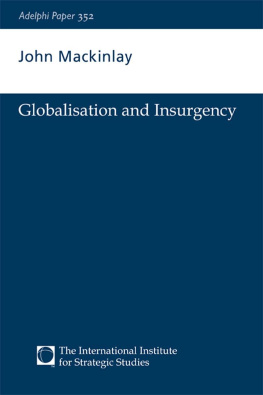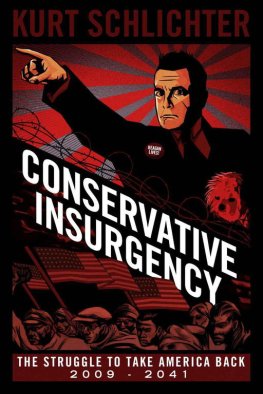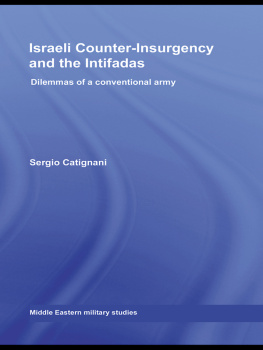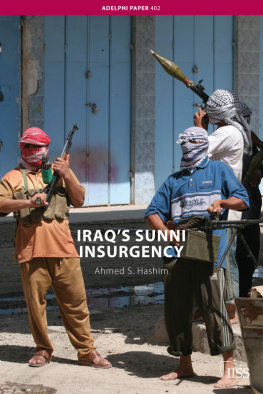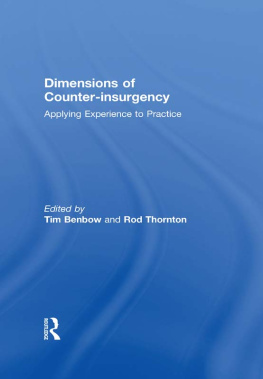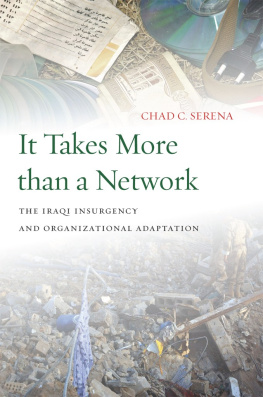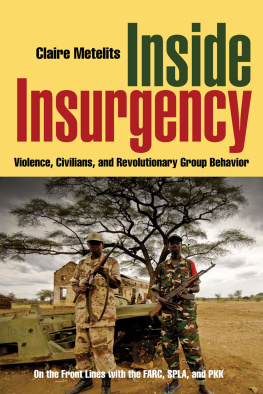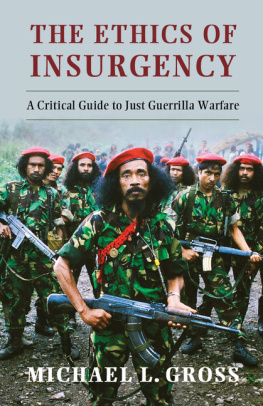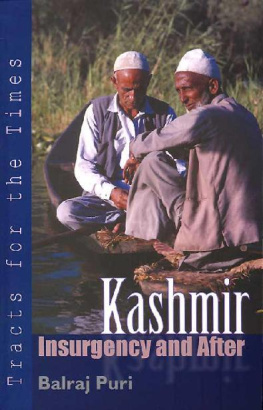First published November 2002 by Oxford University Press for the
International Institute for Strategic Studies, Arundel House, 1315 Arundel Street,
Temple Place, London, WC2R 3DX
This reprint published by Routledge
2 Park Square, Milton Park, Abingdon, OX14 4RN
For The International Institute for Strategic Studies
Arundel House, 1315 Arundel Street, Temple Place, London, WC2R 3DX
www.iiss.org
Simultaneously published in the USA and Canada
by Routledge
270 Madison Ave, NewYork, NY 10016
Routledge is an imprint of the Taylor & Francis Group
Transferred to Digital Printing 2007
2002 The International Institute for Strategic Studies
Director John Chipman
Editor Mats R. Berdal
Assistant Editor Matthew Foley
All rights reserved. No part of this book may be reprinted or reproduced or utilised in any form or by any electronic, mechanical, or other means, now known or hereafter invented, including photocopying and recording, or in any information storage or retrieval system, without permission in writing from the publishers.
British Library Cataloguing in Publication data
A catalogue record for this book is available from the British Library
Library of Congress Cataloguing in Publication data
ISBN 0-19-852707-1
ISSN 0567-932X
Publisher's Note
The publisher has gone to great lengths to ensure the quality of this reprint but points out that some imperfections in the original may be apparent
Introduction
During the Cold War, each side studied its enemies carefully. The real versions of these enemies stood on opposing sides of the inner-German border, replete with armoured columns and missiles. But far behind the Central European lines, there were replicas or models created for training purposes. In the case of NATO, Warsaw Pact forces were labelled Fantasians, and the Chinese Vandals. These were used as a basis for planning NATO exercises; manuals explained their organisation, weapon systems and tactics.
As the new strategic era began to unfold in the 1990s, UN forces, comprising units from NATO and the former Warsaw Pact, found themselves intervening in Cambodia, the Balkans and Somalia. They came ostensibly as peace guarantors, or as protectors of humanitarian relief. In these complex interventions, international forces were mandated and configured to act in a peacekeeping role, on a neutral basis, interposing themselves between the parties in a conflict, but not taking action against a particular faction. In appearance, nomenclature and intent, these international forces were derived from traditional peacekeeping of a previous era. However, in practical terms the situation had changed and become more complicated; interventions now involved an array of different actors and international organisations. These saw themselves as observers, referees, even-handed distributors of humanitarian relief, human-rights investigators, fund-raisers and dispensers and development consultants, but not as the opponents of the local forces which regularly obstructed them.
When the UN's post-Cold War interventions had failed or partially failed due to such confrontation, military contributors began to understand that their role required a less supine, more adversarial approach. The purpose was no longer simply to behave in the manner of a harmless referee between supposedly consenting factions, but to act, partially if necessary, to restore the monopoly of violence. Although the UN's international forces continued to deploy with the nomenclature, appearance and body language of peacekeepers, regional forces, sometimes acting without the full backing of the UN Security Council, began to adopt a more muscular approach. This trend away from the peacekeeping ethic was manifested in practical terms in the operations of sub-regional forces, which attempted to stabilise civil violence and assist humanitarian efforts in the Balkans, West Africa and the former Soviet space. In military terms, these forces had a more aggressive posture and a ready-for-combat appearance on the ground. Not all were completely successful, but in a rough-and-ready manner most managed to restore order locally. At the same time, Western European doctrine began to change. Led by the British and then the Nordic countries, new doctrines were published which in turn encouraged sub-regional security organisations to move towards a more convincing military deployment. Some defence forces were now altering their instructions for training and operations to reflect the possibility of contested operations. Whereas traditional peacekeepers remained careful not to identify an enemy, the presence of weapon systems associated with more effective military operations implied the presence of hostile forces.
In military logic, the critical path of doctrine development begins with an attempt to conceptualise the threat or risk, which at the soldier's level will be simplified to a description of the opponent's characteristics. Understanding the enemy and his tactics is the first essential for training and operational planning. But in the newly-emerging doctrines of the 1990s, this information was missing. There has been no attempt to conceptualise an adversary. In the post-Cold War period, when civilian casualties were so much higher due to displacement, genocide and conflict-related deprivation, the need to counter insurgent forces became a much greater priority for major armies. Yet their conceptual clarity and insight on insurgency was (and still is) less developed. During the 1990s, it was academics and the media who attempted to define insurgency, not the international contingents which were already engaged to contain it. This analytical gap was additionally complicated by global change and the ramifications of a new strategic era.

